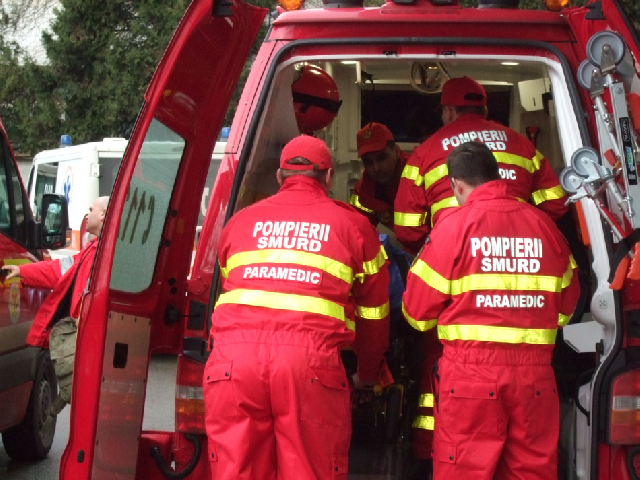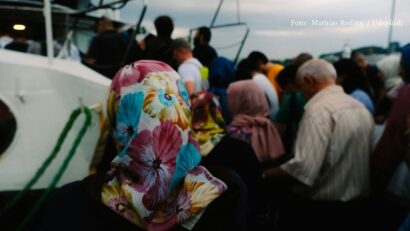Emergency medical assistance in Romania
Romania provides some of the best emergency care in Europe – was the conclusion of the first Interdisciplinary Emergency Medicine Congress held in Cluj Napoca.

Ana-Maria Cononovici, 24.09.2014, 13:48
Romania is among Europe’s only five countries where emergency medicine is taught as a separate discipline at medical school. In addition, Romania has implemented a national programme to provide emergency wards and ambulances with the appropriate equipment, which has created a good standard in medical practice.
One of the problems highlighted by the participants in the Congress is that few emergency hospitals in this country provide all types of emergency services and patients often have to travel from one hospital to another to receive needed emergency care.
One piece of good news is that, starting this autumn, the Ministry of Health will earmark additional funds to ambulance services through a budget adjustment. The money will be used to hire and promote staff and invest in infrastructure and maintenance of the ambulance fleet.
Moreover, the Ministry of Health has approved 160 new jobs in ambulance services and the employment process is likely to continue. Alexandra Tanase, a volunteer who has been working in the ambulance department for two years has shared with us her experience:
”The situation has improved in time in the sense that the people who coordinate the activity of volunteers have done their best to make our jobs more comfortable so that we can concentrate on our tasks. The ambulance service has three types of vehicles, one for patient transport only, another containing a paramedic and a volunteer and a third type with specialised medical staff. This last type of ambulance responds to serious cases, such as heart attacks, while the second type of ambulance takes easier cases.”
We also asked Alexandra Tanase what is the protocol the ambulance crew follow when deciding where to take patients:
”We have radio communication with a centralised coordinator and, depending on the patient’s condition, we ask for guidance as to what hospital to take our patient. In other cases we take them to the nearest hospital. I once had a patient suffering decompensation, and instead of taking him to the hospital we were supposed to take him, we decided to take him to the nearest hospital, for his own safety. “
Alexandra tells us that while there is a large number of emergency calls, patients will have access to the services they need, even if they sometimes have to wait longer. But what can be improved when it comes to emergency medical response in the opinion of Alexandra Tanase:
“We need better equipment on ambulances, a larger number of ambulance vehicles and more staff on ambulances, an area where we clearly have a problem. I think we should also encourage ordinary people to become more involved, as it is very important how people witnessing an accident, for example, react as soon as the accident occurs. A programme is run at the moment in Romania entitled “There’s a hero in each of us”, making people aware that they can also help by doing the right thing in the early minutes after an accident occurs, because these are crucial minutes in a patient’s life”.
In terms of equipment, the medical emergency service has seen real improvement in recent years. The County Emergency Hospital in the northern town of Suceava, for example, will soon be provided with a new CT scanner funded by the Health Ministry and the County Council. In another example, the old ambulance car fleet from 2007 of the Braila County Ambulance Service has been renewed following the purchase of three new vehicles by the Health Ministry. Officials say the improvement of the emergency care system will continue.






























